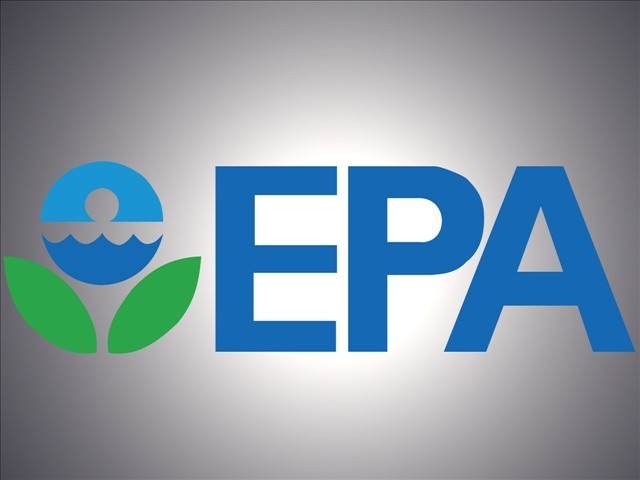WASHINGTON (AP) -- Industry groups and Republican-led states are heading an attack at the Supreme Court against the Obama administration's sole means of trying to limit power-plant and factory emissions of gases blamed for global warming.
As President Barack Obama pledges to act on environmental and other matters when Congress doesn't, or won't, opponents of regulating carbon dioxide and other heat-trapping gases cast the rule as a power grab of historic proportions.
The court is hearing arguments Monday about a small but important piece of the Environmental Protection Agency's plans to cut the emissions - a requirement that companies expanding industrial facilities or building new ones that would increase overall pollution must also evaluate ways to reduce the carbon they release.
Environmental groups and even some of their opponents say that whatever the court decides, EPA still will be able to move forward with broader plans to set emission standards for greenhouse gases for new and existing power plants.
But a court ruling against the EPA almost undoubtedly would be used to challenge every step of the agency's effort to deal with climate change, said Jacob Hollinger, a partner with the McDermott Will and Emery law firm in New York and a former EPA lawyer.
Republicans have objected strenuously to the administration's decision to push ahead with the regulations after Congress failed to pass climate legislation.
In 2012, a three-judge panel of the U.S. Court of Appeals for the District of Columbia Circuit concluded that the EPA was "unambiguously correct" in using existing federal law to address global warming.
Monday's case, for which the court has expanded argument time to 90 minutes from the usual 60, stems from the high court's 2007 ruling in Massachusetts v. EPA, which said the agency has the authority under the Clean Air Act to limit emissions of greenhouse gases from vehicles.
Two years later, with Obama in office, the EPA concluded that the release of carbon dioxide and other heat-trapping gases endangered human health and welfare. The administration used that finding to extend its regulatory reach beyond automobiles and develop national standards for large stationary sources.
Tuesday
August 26th, 2025
10:41PM









